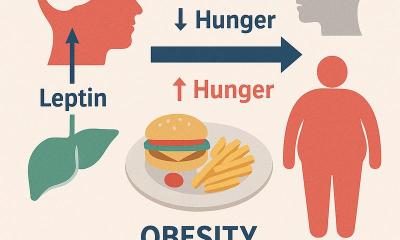Obesity in adolescents leads to metabolic syndrome
Children are not born overweight. Dramatic weight gain in some children and adolescents tends to start only during school, puberty and after. The reasons are known: unhealthy diet - too much, too fatty, too sweet - and lack of exercise.
According to estimates by the EU Commission 22 million children in Europe are overweight; five million of these are classed as obese. An EU Commission study published in mid-2008 showed that almost every third boy and every fifth girl aged between 13 and 17 years are overweight.
Nowadays, overweight children tend to suffer illnesses formerly only seen in adults: type 2 diabetes, high blood pressure, elevated blood lipids and uric acid levels. In short, these children are developing metabolic syndrome. As adults they are at higher risk of heart attacks or strokes. Severe obesity in particular – which goes hand in hand with an increased waistline (abdominal obesity) – increases the risk of cardiovascular diseases.
As yet there is no standard definition of metabolic syndrome in children that is recognized across Europe. However, Italian researchers at the University of Verona have recently shown that overweight five to 15-year-olds in whom the ratio of waist to body height is larger than 0.5 have an eightfold increased risk of developing metabolic syndrome compared to those with normal weight.
Here, losing weight is necessary. Precise scales, such as those manufactured by seca gmbh & co. kg. in Hamburg, Germany, help to document even the smallest success.
To fight obesity in children across Europe, in summer 2008 the European Commission suggested a programme that envisages free fruit and vegetables for schoolchildren aged six to ten years. The programme is due to start with the school year 2009/2010 and is aimed at teaching children about a healthy diet.
01.09.2008








